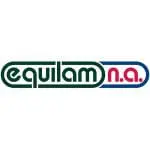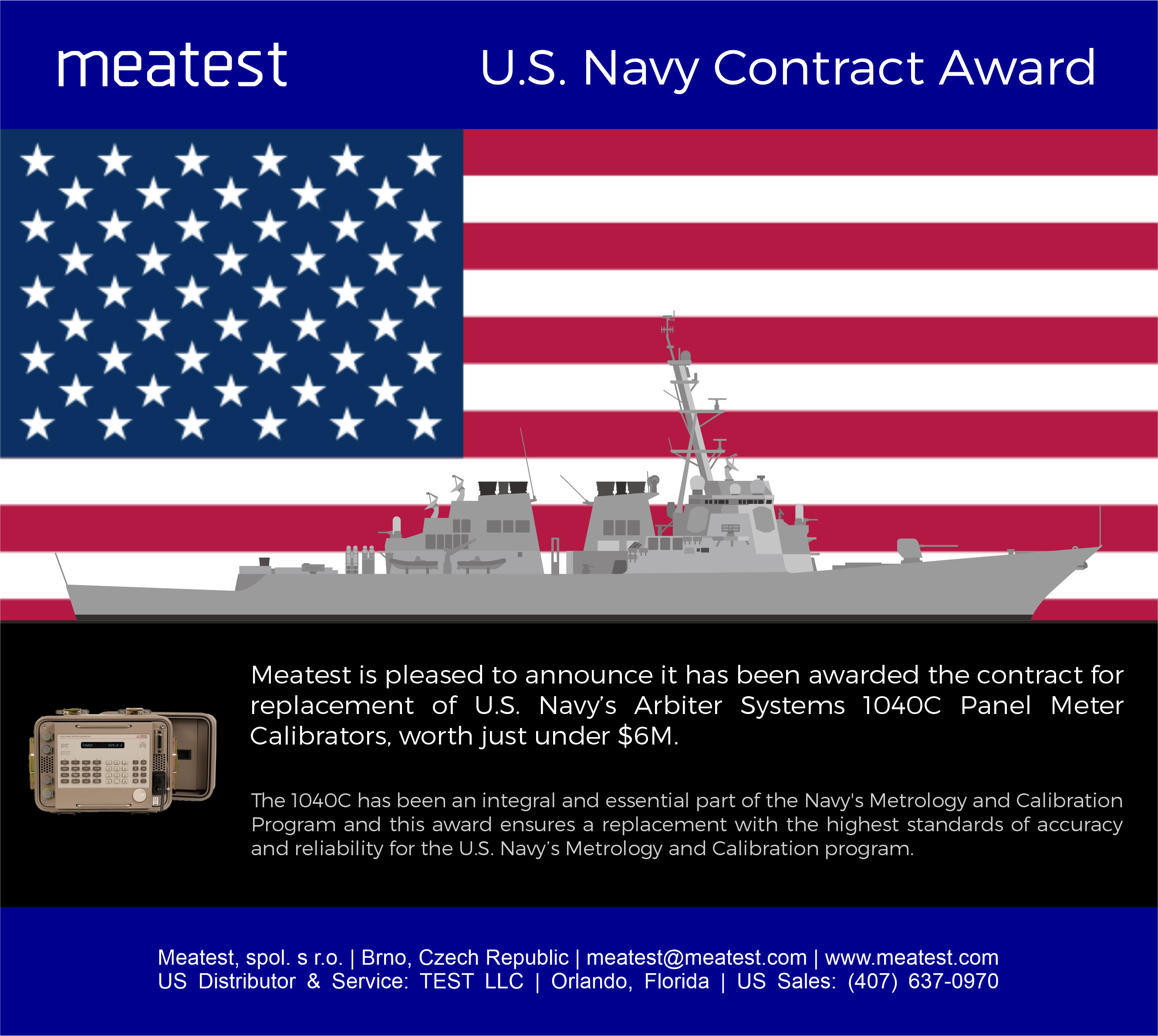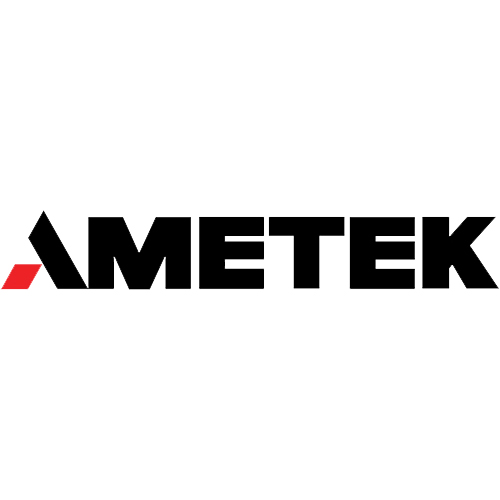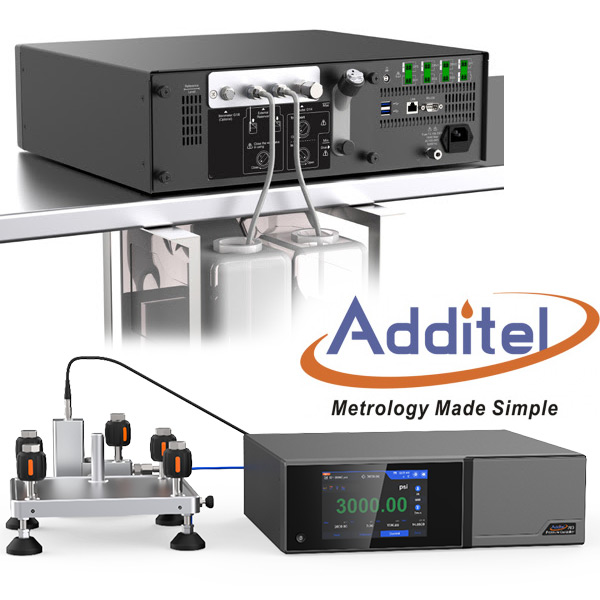 We’ve all seen it, a low-lying cloud formation known as a marine layer coming onshore from the ocean. But what it consists of and actually represents is bad news for anything exposed to that corrosive environment and leads to a trillion dollars of costs associated with the impact of corrosion. Of course, this is only one factor of many, which create corrosion related issues for many companies around the world. But the issue remains, how to keep our customers product from failing within its warranty period. This is where corrosion testing comes into play.
We’ve all seen it, a low-lying cloud formation known as a marine layer coming onshore from the ocean. But what it consists of and actually represents is bad news for anything exposed to that corrosive environment and leads to a trillion dollars of costs associated with the impact of corrosion. Of course, this is only one factor of many, which create corrosion related issues for many companies around the world. But the issue remains, how to keep our customers product from failing within its warranty period. This is where corrosion testing comes into play.
One aspect in corrosion testing has been referred to as salt fog, salt spray or just plain corrosion testing and all would be correct but we prefer to call our equipment as Advanced Weathering Testing Equipment since this is really what it represents. A method of testing components that are exposed to outside elements such as UV light, rain, condensation and of course, salt fog exposure. And as we continue to gather greenhouse gasses into our atmosphere, the advent of acid rain is very prevalent in our everyday lives and this slightly acidic rain must be taken into consideration also for our everyday products as well.
In the world of standards compliance regarding salt fog testing, ASTM B117 represents the baseline criteria regarding testing procedures and practices involving salt spray/fog testing. This article will dive deeper into ASTM B117 and point out that not all “salt fog” chambers are created equal.
ASTM B117-11 is the latest edition of this worldwide standard and covers all baseline design parameters for anything related to salt fog corrosion testing. The relevancy of this 12 page document is apparent because it tells us how equipment should be built and why, details on solution preparation. So with that, allow me to point out the key parts of this standard and how Equilam North America builds equipment, which is 100% compliant to this standard.
Key Points In Salt Fog Design For ASTM B117-11
- Drops of solution which accumulate on ceiling or cover shall NOT be permitted to fall onto specimens. Lid design is critical here, the lid must be between 90-120 degs per the standard. However, it must be realized that lid material is critical as well since some materials such as acrylic can “etch” over time when exposed to this 5% salt solution and could allow for droplets to accumulate and fall onto the DUT. This is immediate disqualification of test if this happens.
- Double wall housing filled with either water or air to assure the equilibrium of temperature of the inner chamber. All salt fog units are double wall with heated, insulated water jacket.
- Material of construction shall be such that it will not affect the corrosiveness of the fog. Is there is metals inside the chamber during the test? Any non-coated heating elements? Any metallic hanging rods for the product? Any stainless steel with zinc components? This condition is essentially creates a battery type atmosphere when exposed to salt water. This clause is placed inside the standard to eliminate any metallic objects inside the test area which could create false readings.
- ASTM specifically calls out distribution of fog and collection points. Standards compliant salt fog chambers have a minimum size due to the necessity of uniformity in collection points stipulated at 1.0-2.0 mL of solution per hour based on an average run of 16 hours over an area of 12.4 square inches.
- The use of immersion heaters in an internal salt solution reservoir or within the chamber is detrimental where heat losses are appreciable because of solution evaporation and radiant heat on the specimens. Once again pointing to metals inside the chamber during a salt fog testing but also no allowance for internal steam generation/water heating due to solution dilution or radiant heat on the specimen during the test.
- Chamber exhaust to be at floor level so as to not allow for any air turbulence to impede test results due to air currents. This means even sidewall exhaust is not permitted. The standard is quite clear showing exhaust on chamber floor.
- Figure calls out venture type spray nozzle type distribution. Any other type of distribution is not called out in this standard.
- Distribution of fog must settle onto specimen, no direct spray. This is immediate disqualification of test, as fog must settle onto part under test without direct spray. Check to make sure where fog Distribution height is relative to the product being tested.








